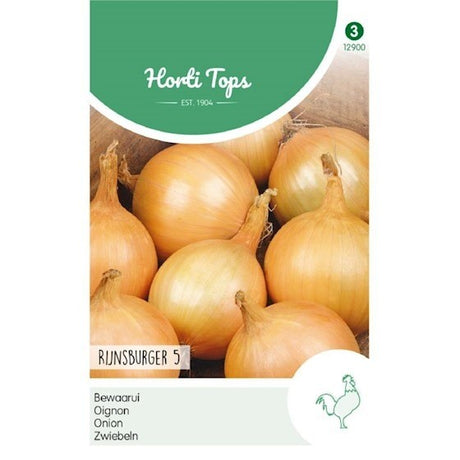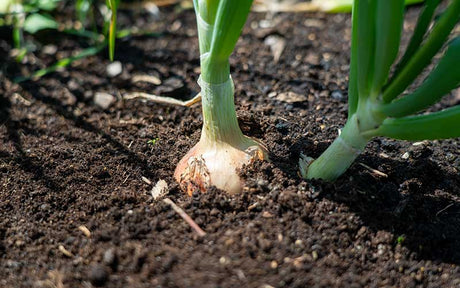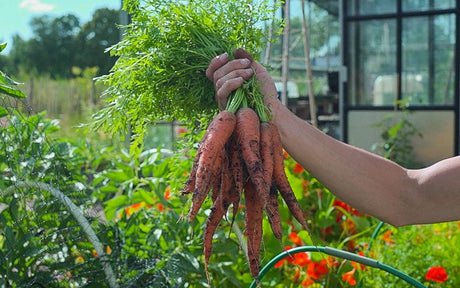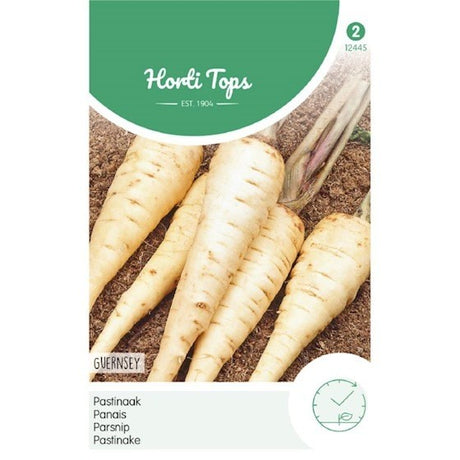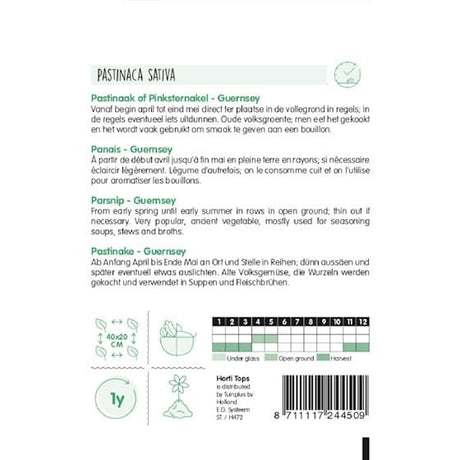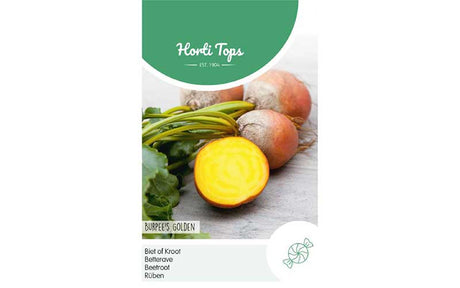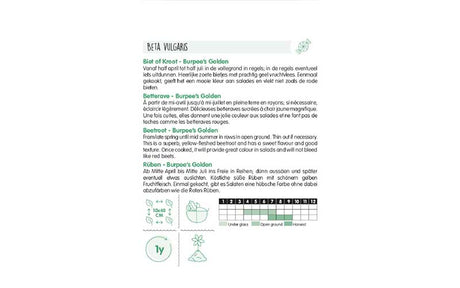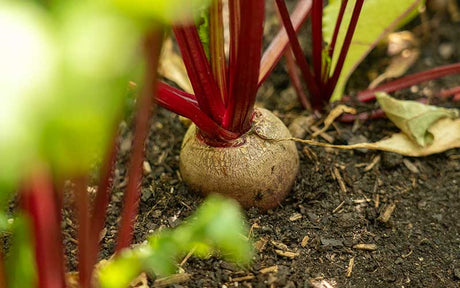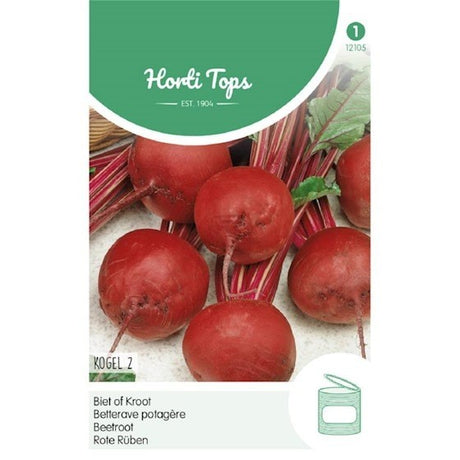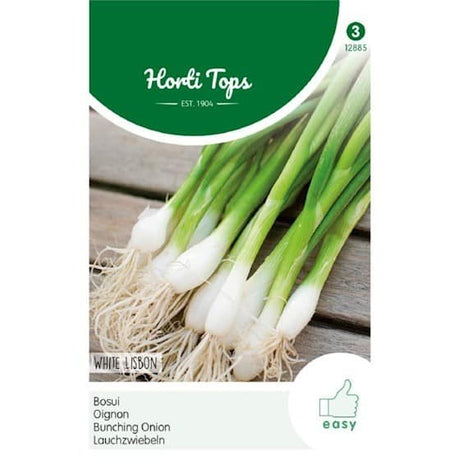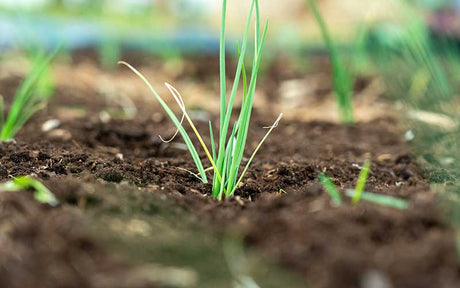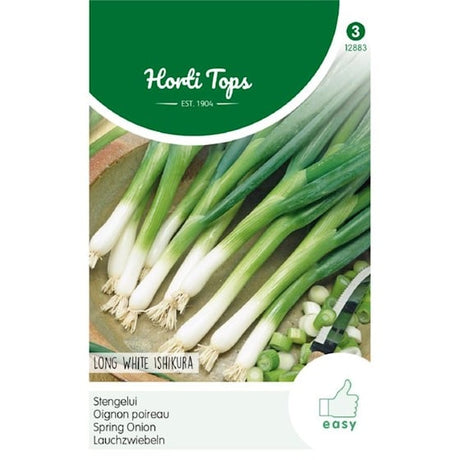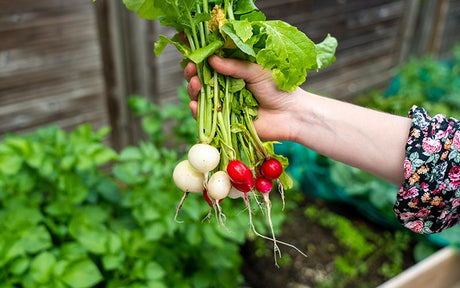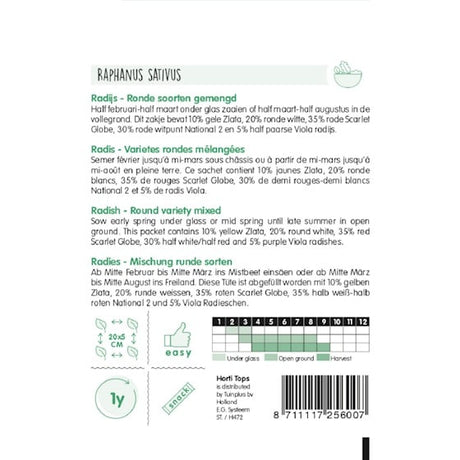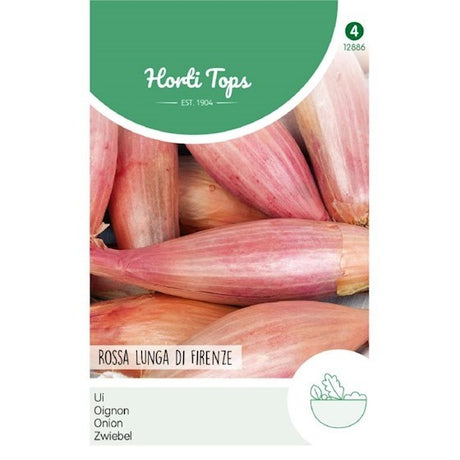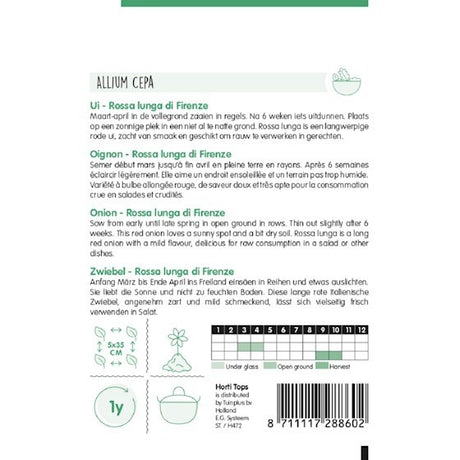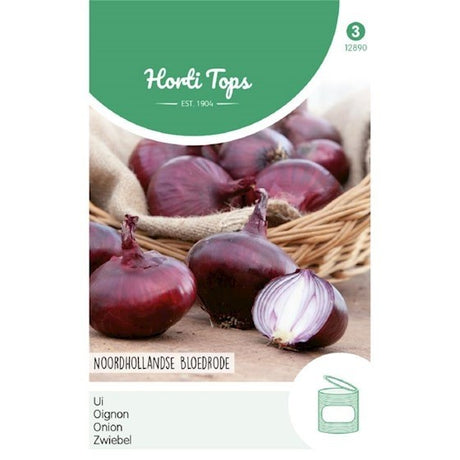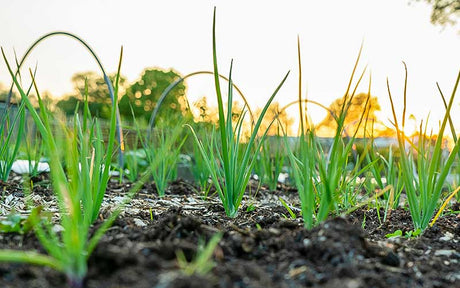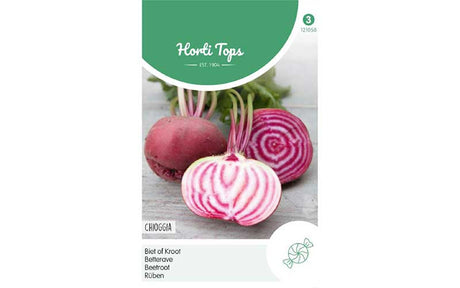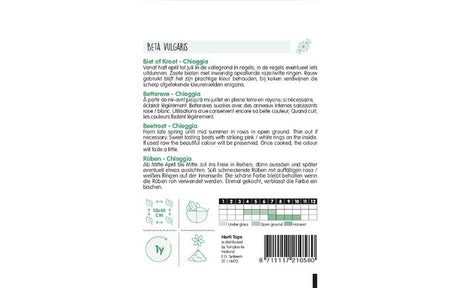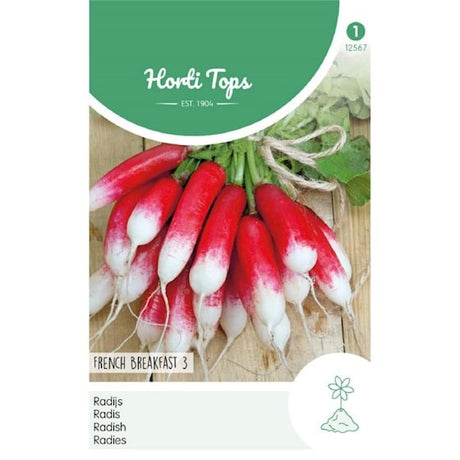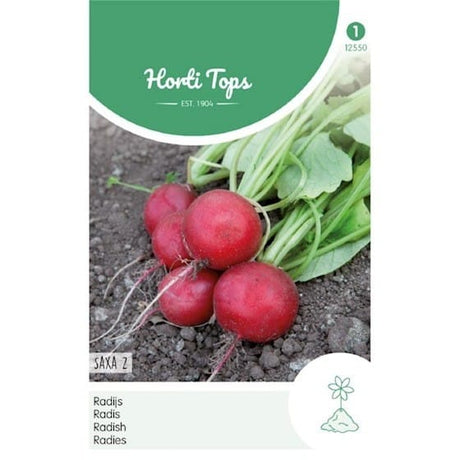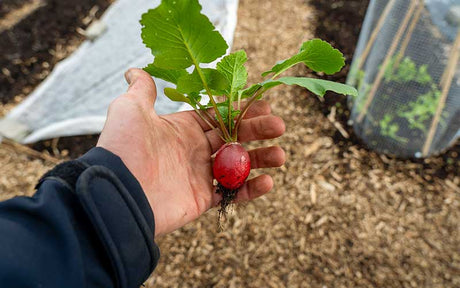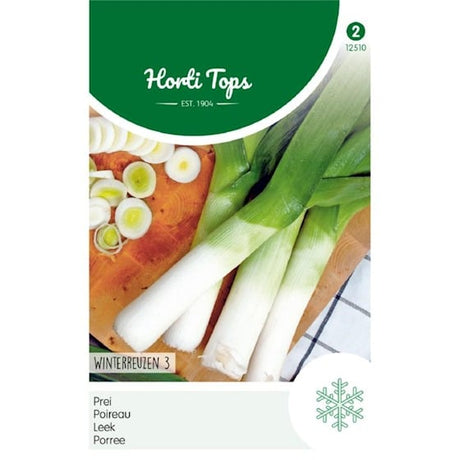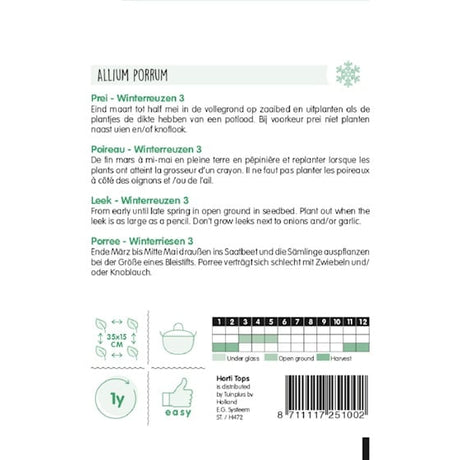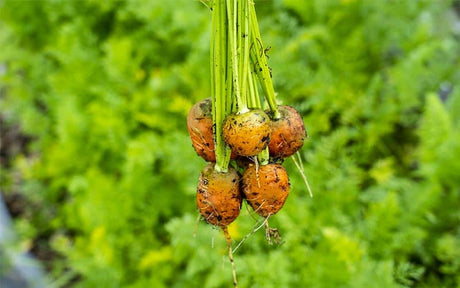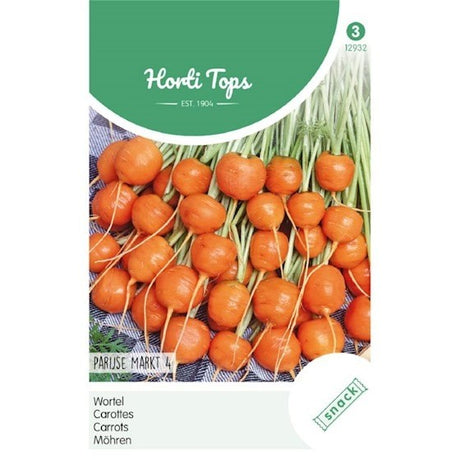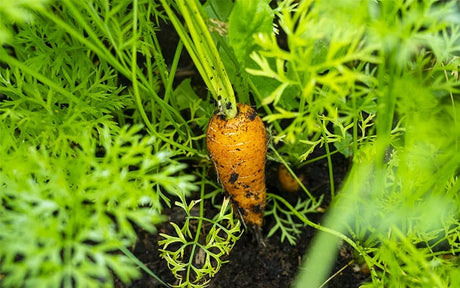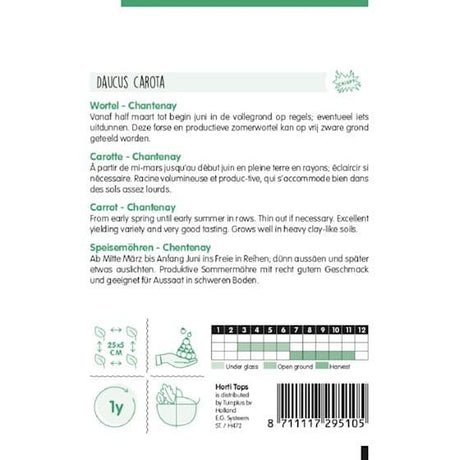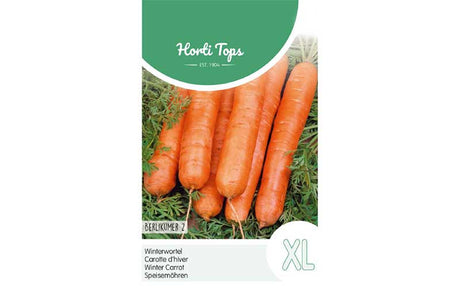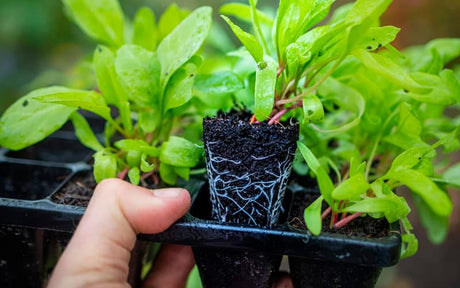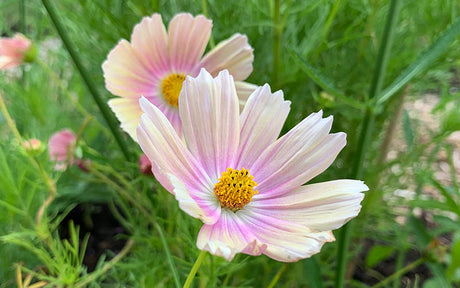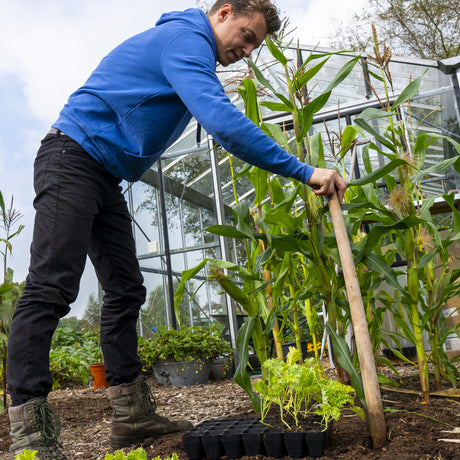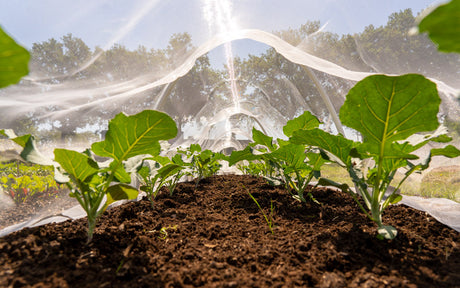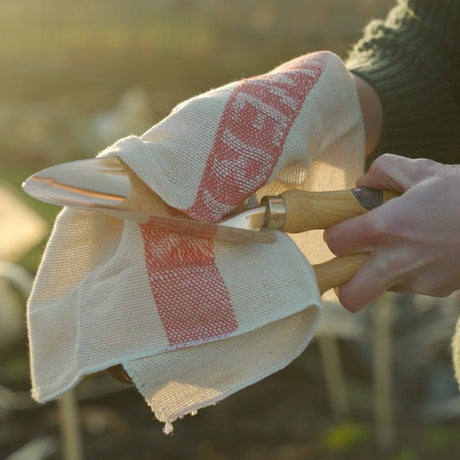Root and bulb/tuber crops are fundamental to both the garden ecosystem and the kitchen, providing a range of flavors, textures, and nutrients. From the crispness of carrots to the earthy richness of beetroots, these crops are as rewarding to grow as they are to eat. Explore our expert tips to successfully grow a diverse selection of root vegetables, enhancing your garden's productivity and your culinary options.
- 1,95Unit price /Unavailable
- 1,75Unit price /Unavailable
Yellow Beetroot Burpee's golden
2,75Unit price /Unavailable- 1,75Unit price /Unavailable
- 1,95Unit price /Unavailable
Spring Onion Long white Ishikura
1,95Unit price /Unavailable- 1,95Unit price /Unavailable
- 2,95Unit price /Unavailable
Onion Noordhollandse Bloedrode
1,95Unit price /UnavailableCandy stripe Beetroot Chioggia
2,59Unit price /Unavailable- 1,75Unit price /Unavailable
- 1,95Unit price /Unavailable
- 2,50Unit price /Unavailable
- 1,95Unit price /Unavailable
- 1,95Unit price /Unavailable
- 2,24Unit price /Unavailable
Root and Bulb/Tuber Crops for a Healthy Garden
Essential Tips for Growing Root and Bulb/Tuber Crops
Root vegetables are hearty, nutrient-dense crops that can thrive in a variety of climates and soil types, making them ideal for many gardeners. Here are some general guidelines to help ensure successful growth:
Soil Preparation
Good soil preparation is key for root crops, which need loose, well-drained soil to expand and develop properly. Remove rocks and debris and work in plenty of organic matter to promote healthy growth. For crops like carrots and parsnips that penetrate deeply, consider raised beds or deep tilling to allow for unimpeded root growth.
Sowing Seeds
Direct sowing is typically recommended for root crops (carrot and parsnip), as transplanting can disturb their sensitive root systems. For beetroot and onions a like you can increase your harvest by sowing indoors in a seed tray. Plant seeds at the depth (not deeper than the seed is large) and spacing recommended on the seed packet, thinning them to proper spacing as they grow. This helps avoid crowding and competition for nutrients, which can result in poorly formed vegetables.
Watering Requirements
Consistent moisture is crucial, especially in the germination and early growth stages. Water gently to prevent washing away or uncovering seeds. Once established, deep watering encourages deeper root growth but always allow the soil to dry slightly between waterings to prevent rot.
Weed Management
Weeds can easily outcompete slower-growing root crops, especially in their early stages. Regular weeding is necessary to reduce competition for nutrients and moisture. Mulching can help suppress weeds and also maintain soil moisture levels. Of course this is not the case when starting indoors.
Harvesting and Storage
Harvest times can vary greatly among root crops, with some, like radishes, maturing in as few as three weeks, while others, like parsnips, may need the entire season. Most root vegetables are best harvested before they become too large and woody. Proper storage in cool, dry conditions can greatly extend the life of your harvest, particularly for crops like onions and potatoes.


